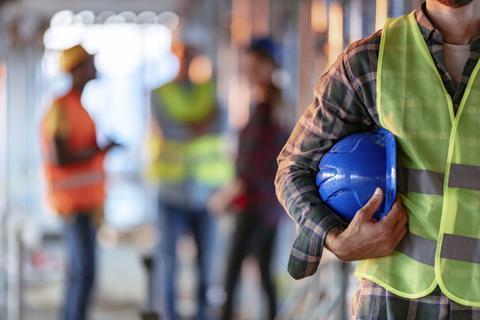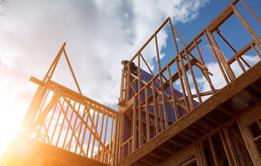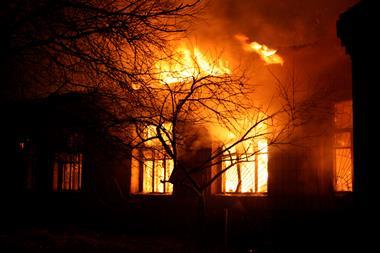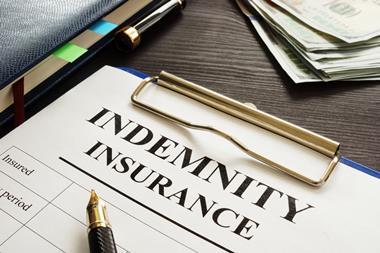Using timber within construction is a greener solution for the environment, despite it being combustible and - in turn - higher risk. However, since the insurance industry is now taking a ’more holistic view’, should it also start thinking ‘out of the box’ to address these risks?
The insurance industry is leading a more holistic view around the preservation of buildings as well as the preservation of life, with modern methods of construction (MMC) being identified as a greener solution for the environment as well as helping to solve the UK’s housing crisis, said Andrew Carpenter, chief executive of the Structural Timber Association (STA).
Speaking at an Insurance Times webinar last week, titled ‘Are insurers preventing the construction sector from hitting its 2050 net zero targets?’, Carpenter explained the benefits of using timber within the construction sector. “While [timber is] called MMC, it’s not that modern, it’s been around for a long time,” he added.
Although many properties are constructed with a structural timber frame, this material is not risk-free as it is combustible.
However, the key to fire safety is in the building’s design, coupled with proper risk mitigation, Carpenter added.
Building fire risks have become more prominent recently, as changes to building regulations are being considered to make sprinklers mandatory in high-rise blocks over 11 metres instead of 18, as well as the government pushing the safety cost for the removal of cladding back onto leaseholders in high-rise buildings after the tragedy of the 2017 Grenfell Tower fire.
Building targets
Meanwhile, Marcus Saunders, client service executive at Gallagher, cited Dame Judith Hackitt’s 2018 report, which addressed failings in the market such as the culture in procurement principles, with the cheapest materials being used for buildings.
And to achieve the target of 300,000 new homes per year, with the UK government hoping to “build, build, build”, MMC could be the way forward.
Timber is now more accepted as a material to build with; Carpenter cited that one in four homes in Wales have a timber frame compared to three in four in Scotland.
“If you were to build 300,000 homes in timber rather than masonry, you would store 6m tonnes of [embodied] carbon – that is the sort of agenda we are striving for. This is why we want to work with the insurance industry,” Carpenter added.
Although he said that the idea of “embodied carbon is relatively new”, this refers to the carbon dioxide greenhouse gases that are released when a building is constructed.
Therefore, as buildings become more energy efficient, the proportion of the building’s lifecycle carbon that comes from embodied carbon is becoming more important.
Underwriters ‘back in the day’
When asked about making insurance more affordable for homeowners facing higher premiums due to increased risk from the building materials used, Saunders added: “Nobody seems to be underwriting like we used to back in the day.
“I think we need to get back to the old days and start underwriting again, start looking at the rates, seeing what is being put in place. It is not just construction issues; we have flooding issues. We need to start thinking out of the box.”
Looking towards the future, Saunders said that he wanted insurers to “open up their eyes” and recycle, becoming greener and gaining further understanding around these issues.
Meanwhile Carpenter said that he would like to see the growth of market share in the use of structural timber, as well as a positive move in addressing the climate change crisis within the UK’s building sector.

Hosted by comedian and actor Tom Allen, 34 Gold, 23 Silver and 22 Bronze awards were handed out across an amazing 34 categories recognising brilliance and innovation right across the breadth of UK general insurance.
Insurers need to ‘get to grips’ with timber to progress construction’s net zero targets

Brokers can play a key role as educators to support the construction sector to use more timber in a bid to reduce carbon emissions
- 1
 Currently
reading
Currently
reading
Insurance industry takes ‘more holistic view’ to preservation of the building versus life
























































No comments yet